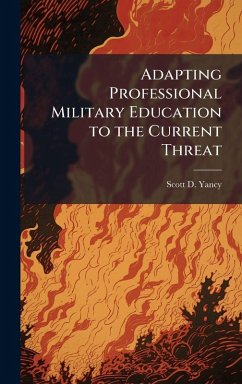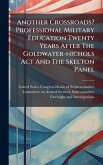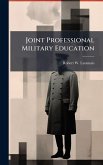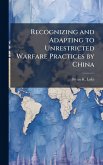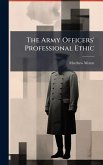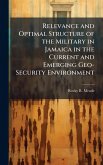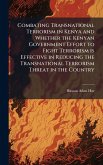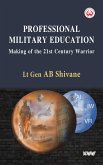The American military needs to incorporate adaptability-related skills into its education and training programs to better prepare personnel for the current threat. Understanding the current threat is a precursor to adapting to it. Lind and Wilson's generations of warfare model provides one such approach. It divides warfare into four generations, each with unique characteristics. Within this construct, the current adversary is predominately a Fourth Generation of Warfare (4GW) threat. Certain characteristics are common indicators of success in war. Boyd thought initiative, harmony, variety, and rapidity allowed one to adapt to and shape the battlefield, securing victory in war. These characteristics form the foundation of his observation-orientation-decision-action (OODA) loop, which illustrates how a warfighter can incapacitate an enemy by out-thinking him to victory. Orientation is the critical OODA step in an uncertain 4GW environment; adaptability is the essential skill to ensure a warfighter's OODA loop is properly oriented. Professional military education (PME) provides the perfect environment to learn adaptability-related skills, which consist of both cognitive and relational skills. This paper recommends incorporating them into the curriculum at the Air Force's Air Command and Staff College (ACSC), but other PME institutions can tailor these recommendations as desired. Incorporating adaptability-related training into ACSC and other Air Force programs will allow these skills to permeate the Air Force and make its cultural climate more adaptable, ultimately helping America win the Global War on Terror (GWOT). This work has been selected by scholars as being culturally important, and is part of the knowledge base of civilization as we know it. This work was reproduced from the original artifact, and remains as true to the original work as possible. Therefore, you will see the original copyright references, library stamps (as most of these works have been housed in our most important libraries around the world), and other notations in the work. This work is in the public domain in the United States of America, and possibly other nations. Within the United States, you may freely copy and distribute this work, as no entity (individual or corporate) has a copyright on the body of the work. As a reproduction of a historical artifact, this work may contain missing or blurred pages, poor pictures, errant marks, etc. Scholars believe, and we concur, that this work is important enough to be preserved, reproduced, and made generally available to the public. We appreciate your support of the preservation process, and thank you for being an important part of keeping this knowledge alive and relevant.
Bitte wählen Sie Ihr Anliegen aus.
Rechnungen
Retourenschein anfordern
Bestellstatus
Storno

